28 Jun 2017 - {{hitsCtrl.values.hits}}

 Breast cancer is a type of cancer developing in breast cells. Breast cancer usually begins in the inner lining of milk ducts or lobules supplying milk. A breast cancer that starts off in the lobules is known as lobular carcinoma, while one that developed from the ducts is called ductal carcinoma. It should also be noted that a malignant tumour can spread to other parts of the body. Daily Mirror spoke to Consultant Oncologist Dr. Jayantha Balawardene on how breast cancer forms and spreads.
Breast cancer is a type of cancer developing in breast cells. Breast cancer usually begins in the inner lining of milk ducts or lobules supplying milk. A breast cancer that starts off in the lobules is known as lobular carcinoma, while one that developed from the ducts is called ductal carcinoma. It should also be noted that a malignant tumour can spread to other parts of the body. Daily Mirror spoke to Consultant Oncologist Dr. Jayantha Balawardene on how breast cancer forms and spreads.
“Breast cancer is the most common cancer among females globally and in Sri Lanka. Though breast cancer is more common in women, it is also present in men. There are many factors that lead to the occurrence of breast cancer; the most common being genetics. It also occurs among unmarried women, childless women and those who have their first child after the age of 30 or during early puberty and late menopause.”
A mature human female’s breast consists of fat, connective tissue and thousands of lobules [tiny glands which produce milk]. The milk of a breast-feeding mother goes through tiny ducts [tubes] and is delivered through the nipple.
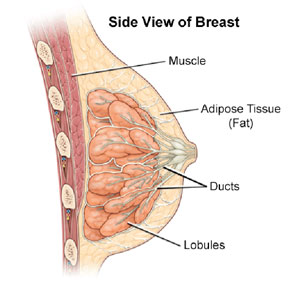
The breast, like any other part of the body, consists of billions of microscopic cells. These cells multiply in an orderly fashion. New cells are made to replace those that die.
In a cancer, cells multiply uncontrollably and progressively. Cancer beginning in the lactiferous duct, known as the ductal carcinoma, is the most common type. Cancer beginning in the lobules, known as lobular carcinoma, is much less common
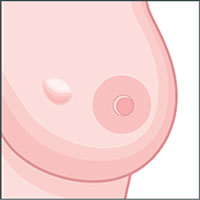
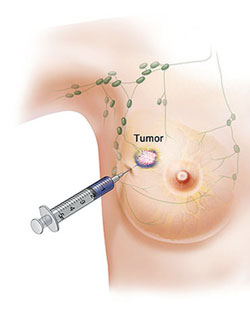
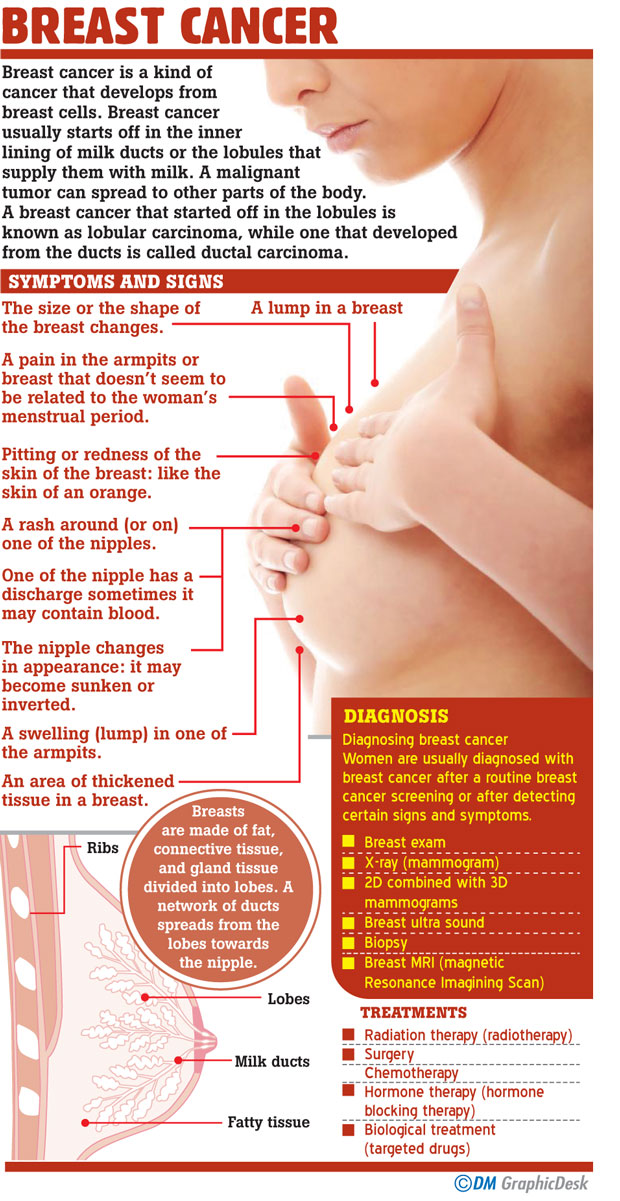
The cancer cells break out from inside the lobules or ducts and invade nearby tissue. With this type of cancer, the abnormal cells can reach the lymph nodes and eventually make their way to other organs (metastasis), such as the bones, liver or lungs.
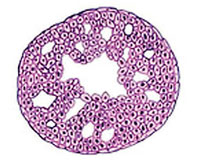
This is when the cancer is still in its place of origin and has not broken out. Lobular carcinoma in situ is when the cancer is still inside the lobules, while ductal carcinoma in situ is when they are still inside the milk ducts. “In situ” means “in its original place”.
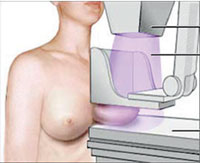
Staging describes the extent of the cancer in the patient’s body and is based on whether it is invasive or non-invasive, how large the tumour is, whether lymph nodes are involved and how many and whether it has metastasised [spread to other parts of the body].
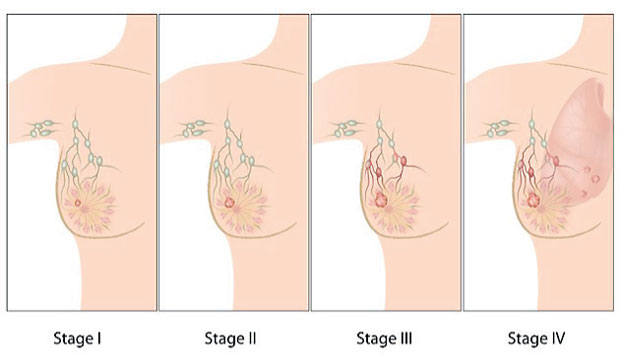
A cancer’s stage is a crucial factor in deciding what treatment options to recommend and in determining the patient’s prognosis. Staging is done after cancer is diagnosed. To do the staging, the doctor may order several different tests including blood tests, a mammogram, a chest x-ray, a bone scan, a CT scan, or a PET scan.
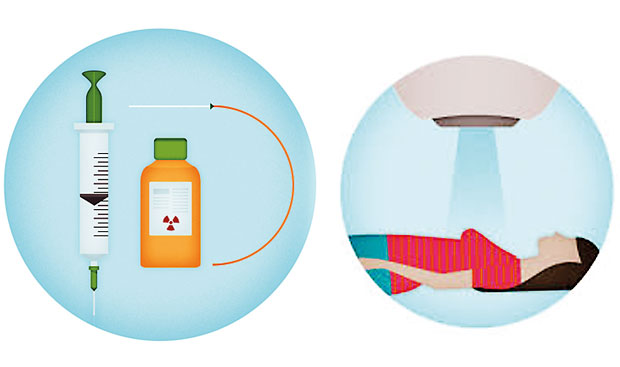
Radiation therapy (radiotherapy). Controlled doses of radiation are targeted at the tumour to destroy the cancer cells. There are certain types of Radiotherapy as:

Medication used to kill cancer cells are known as Cytotoxuc drugs. The Oncologist may recommend chemotherapy if there is a high risk of cancer recurrence, or if the cancer is spreading elsewhere in the body. This is called adjuvant chemotherapy.
Hormone therapy (hormone blocking therapy)
Hormone therapy is used for breast cancers sensitive to hormones. The aim is to prevent cancer recurrence. Hormone blocking therapy is normally used after surgery but may sometimes be used beforehand to shrink the tumour.
23 Dec 2024 8 hours ago
23 Dec 2024 9 hours ago
23 Dec 2024 23 Dec 2024
23 Dec 2024 23 Dec 2024